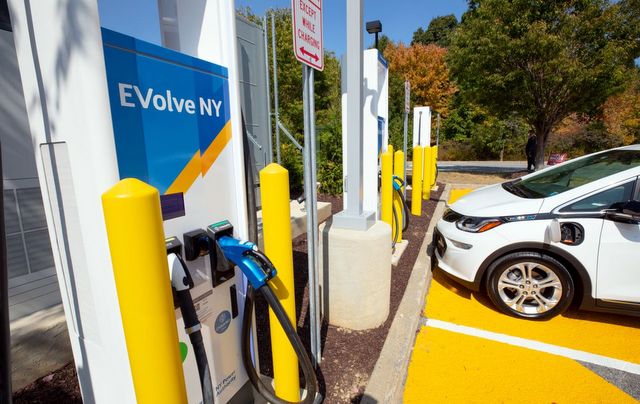Cable Theft and Vandalism Demand a Response
The future of electric vehicle (EV) charger expansion is in flux, and the availability of current charging cables is questionable. Current trends have made destruction more valuable than adoption. Stakeholders invested in the rollout of accessible EV chargers must spread awareness of the landscape’s current state because it could jeopardize clean energy’s reputation.
Trends in Cable Theft

News reports are coming out across the U.S. and Canada showing EV charging cables going missing. In one instance, two individuals were caught on camera with bolt cutters, snipping and taking them away. Within these cables are valuable copper wires, which thieves see as a lucrative opportunity as prices are at all-time highs. Charging manufacturers are noticing this crisis as cases rise. Makers would have to expend more money than criminals make from the scrap copper.
Many prospective EV customers justify delaying a purchase because of charging-related reasons. The complaints range from the amount of time it takes to fully charge a car to how frequently stations are out of service. Broken-down or poorly maintained sites plague the country despite the increased rate of installations, only achieving a 78% reliability score. The threat of coming back to a vehicle without a charge because of vandalism is just another incentive to stick to internal combustion engines.
Thieves are targeting Canadian chargers in St. Albert, Alerta, Canada, as well. As investigations unravel, authorities are trying to inform the public how little value there is within the cables. Publicizing this information will hopefully contextualize how important it is to stop targeting these resources.
Defending Chargers in the Future
Charger producers endure severe risks from these events. They could hemorrhage money to replace cables when support for expansion is uncertain due to political shifts. Programs previously providing subsidies for repairs and oversight are frozen. Therefore, activism is essential to combat these suspensions and assert the importance of caring for EV infrastructure.
Collaborating with scrapyards to warn them of this phenomenon is another avenue. Much of the workforce may need to learn more about how the trend is on the rise despite other metal-stealing epidemics popularizing over the last decade. However, these workers may find it challenging to identify the source of brought materials. Awareness will establish some industrywide alertness.

Additionally, properties and makers can collaborate to incorporate more security measures. Instead of placing chargers in distant parts of a parking lot or garage, they can be front and center to discourage brazen vandals. The technology should have the same degree of protection as a gas station. More holistic defenses require careful charger placement and material considerations.
Cables in outdoor environments undergo numerous stresses, leading to integrity compromises. Smart cable protection includes materials like flexible corrugated conduits, which are trusted by heavy industries like railways, construction and shipbuilding.
It has also motivated some companies to redesign their cables to be cut-resistant. Alarms are embedded into some of them to scare thieves. While patents are pending, this could set a precedent for charger security to bolster the public’s opinion about purchasing EVs.
Moving Forward
Transportation’s carbon footprint is one of the most pressing and accessible issues to fix with innovations like EVs. This is one of the most urgent matters impacting grid infrastructure modernization and decarbonization. EV advocates and the charging industry must overcome these attacks to encourage more investors and governments to believe in the value of these vehicles.
The post We Have to Stop What’s Happening to EV Chargers first appeared on Clean Fleet Report.

